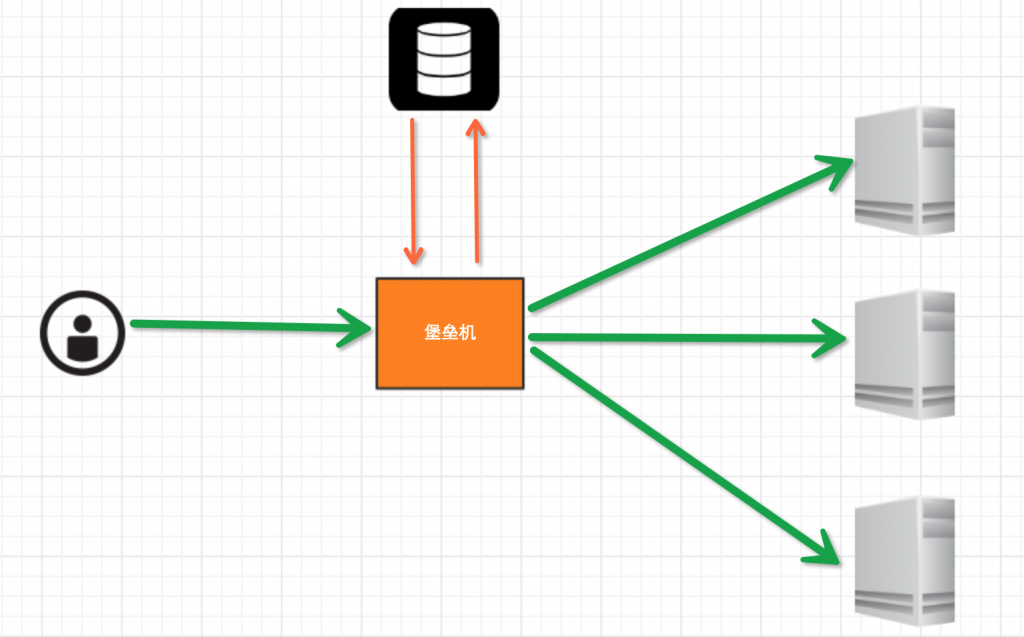决定转身就不要频频回头,酷的人才会被记得久一些。早安!没什么可懊恼的,能被拆散的,其实都不是属于你的,继续下一个吧。早安!
本文实例讲述了python数据结构之图的实现方法。分享给大家供大家参考。具体如下:
下面简要的介绍下:
比如有这么一张图:
A -> B
A -> C
B -> C
B -> D
C -> D
D -> C
E -> F
F -> C
可以用字典和列表来构建
graph = {'A': ['B', 'C'],
'B': ['C', 'D'],
'C': ['D'],
'D': ['C'],
'E': ['F'],
'F': ['C']}
找到一条路径:
def find_path(graph, start, end, path=[]):
path = path + [start]
if start == end:
return path
if not graph.has_key(start):
return None
for node in graph[start]:
if node not in path:
newpath = find_path(graph, node, end, path)
if newpath: return newpath
return None
找到所有路径:
def find_all_paths(graph, start, end, path=[]):
path = path + [start]
if start == end:
return [path]
if not graph.has_key(start):
return []
paths = []
for node in graph[start]:
if node not in path:
newpaths = find_all_paths(graph, node, end, path)
for newpath in newpaths:
paths.append(newpath)
return paths
找到最短路径:
def find_shortest_path(graph, start, end, path=[]):
path = path + [start]
if start == end:
return path
if not graph.has_key(start):
return None
shortest = None
for node in graph[start]:
if node not in path:
newpath = find_shortest_path(graph, node, end, path)
if newpath:
if not shortest or len(newpath) < len(shortest):
shortest = newpath
return shortest
希望本文所述对大家的Python程序设计有所帮助。
以上就是python数据结构之图的实现方法。人生最后一班地铁,这次绝对不再迟到!更多关于python数据结构之图的实现方法请关注haodaima.com其它相关文章!





